Compound A on oxidation with OsO4/NaHSO3 following by reaction with HIO4 gives hexane 1,6 - di al .The structure of compound A can be given as
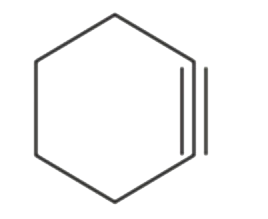
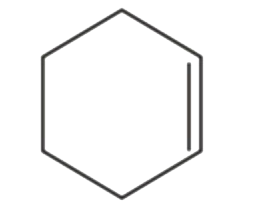
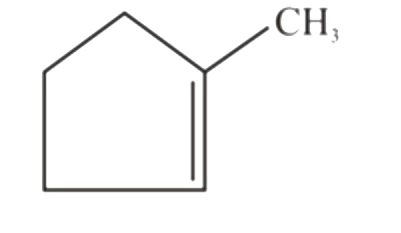
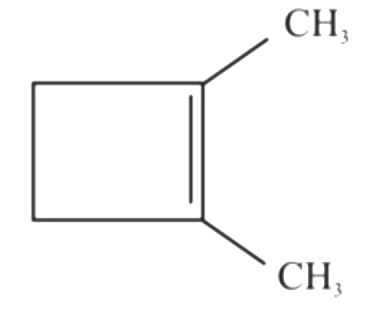
The correct Answer is:B
To determine the structure of compound A, we will follow the steps outlined in the problem statement.
1. Identify the Reaction Conditions:
- The problem states that compound A is oxidized using OsO4 followed by NaHSO3, and then reacts with HIO4.
- OsO4 is known for oxidizing alkenes to form diols (glycols).
2. Understanding the Final Product:
- The final product after the reactions is hexane 1,6-diol. This indicates that the original compound A must have a structure that allows for the formation of two hydroxyl (OH) groups at the 1st and 6th carbon positions after the reactions.
3. Determine the Structure of Compound A:
- Since OsO4 is used, compound A is likely an alkene. The presence of two hydroxyl groups after oxidation suggests that compound A should have a cyclic structure to allow for the formation of a six-membered ring during the reaction with OsO4.
- The most suitable candidate is cyclohexene, which is a six-membered ring containing a double bond.
4. Reactions Involved:
- When cyclohexene reacts with OsO4, it forms a cyclic osmate ester. Hydrolysis of this intermediate leads to the formation of 1,2-hexanediol (two hydroxyl groups on adjacent carbons).
- The subsequent reaction with HIO4 cleaves the diol, leading to the formation of hexane 1,6-diol, which confirms that the structure of compound A must allow for this transformation.
5. Conclusion:
- Therefore, the structure of compound A is cyclohexene.
Final Answer:
The structure of compound A is cyclohexene.
---
- The problem states that compound A is oxidized using OsO4 followed by NaHSO3, and then reacts with HIO4.
- OsO4 is known for oxidizing alkenes to form diols (glycols).
- The final product after the reactions is hexane 1,6-diol. This indicates that the original compound A must have a structure that allows for the formation of two hydroxyl (OH) groups at the 1st and 6th carbon positions after the reactions.
- Since OsO4 is used, compound A is likely an alkene. The presence of two hydroxyl groups after oxidation suggests that compound A should have a cyclic structure to allow for the formation of a six-membered ring during the reaction with OsO4.
- The most suitable candidate is cyclohexene, which is a six-membered ring containing a double bond.
- When cyclohexene reacts with OsO4, it forms a cyclic osmate ester. Hydrolysis of this intermediate leads to the formation of 1,2-hexanediol (two hydroxyl groups on adjacent carbons).
- The subsequent reaction with HIO4 cleaves the diol, leading to the formation of hexane 1,6-diol, which confirms that the structure of compound A must allow for this transformation.
- Therefore, the structure of compound A is cyclohexene.
The structure of compound A is cyclohexene.
Similar Questions
Knowledge Check
Cyclohexene on reaction with OsO4 followed by reaction with NaHSO3 gives :
Acis-diolBtrans-diolCepoxyDalcoholCompound (A) on oxidation with OsO4/NaIO4 gives hexanedial. Structure of compound (A) will be :
A B
B C
C D
D
The products of HIO4 oxidation of the following compound is :
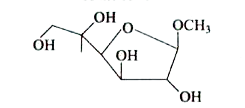 A
A B
B C
C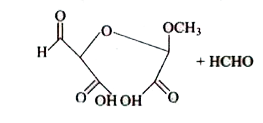 D
D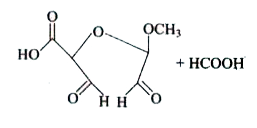
Treatment of benzene with CO/HCl in the presence of anhydrous AlCl3/CuCl followed by reaction with Ac2O/NaOAc gives a compound X. Reaction of X with H2/Pd/c followed by treatment with H3PO4 gives another compound Y. The compound Y is :
View SolutionAn organic compound (A) (C6H10O) on reaction with CH3MgBr followed by acid treatment gives compound (B). The compound (B) on ozonolysis gives compound (C ), which in the presence of a base gives 1-acetyl cyclopentene (D). The compound (B) on reaction with HBr gives compound (E ). Write the structures of (A), (B), (C ), (D), and (E ). Show how (D) is formed from (C ).
View SolutionA compound (A) is formed by the reaction of ethylene with bromine which on reacting with aqueous KOH gives a compound (B). The compound (B) can also be prepared by the reaction of ethylene with the following:
View Solution2-4 dinitroaniline is treated with NaNO2 and dilute HCI at 280 K followed by reaction with anisole , forming a coloured compound . The structure of this coloured compound would be :
View SolutionCompound (A)(C12H16) on oxidation with acidic KMnO4 solution gives acetone and
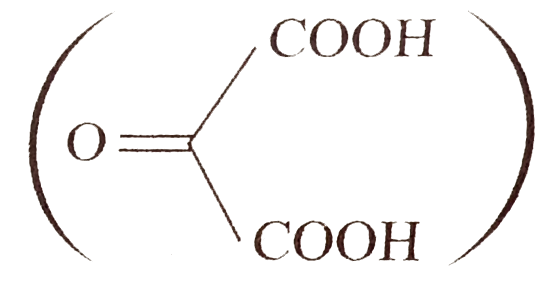 . Identify compound (A).
. Identify compound (A).
View Solution
